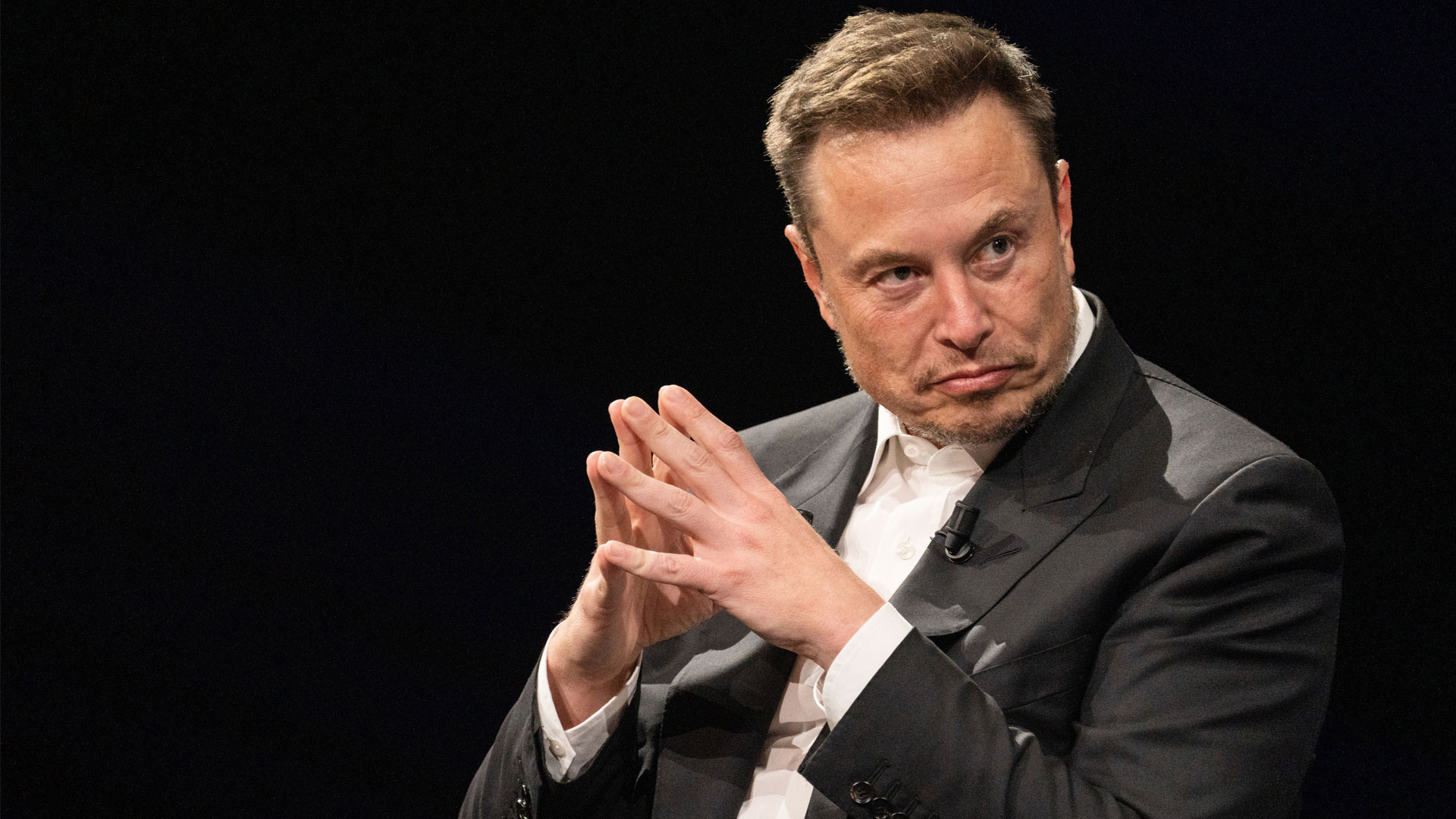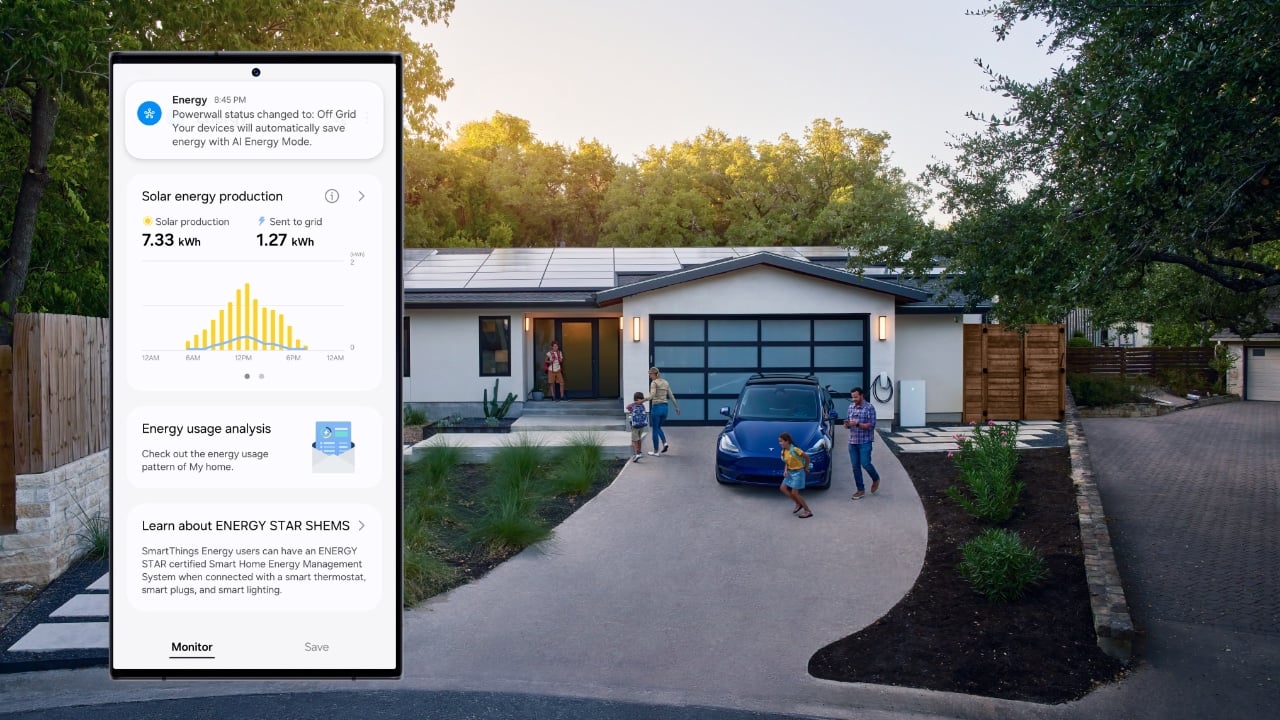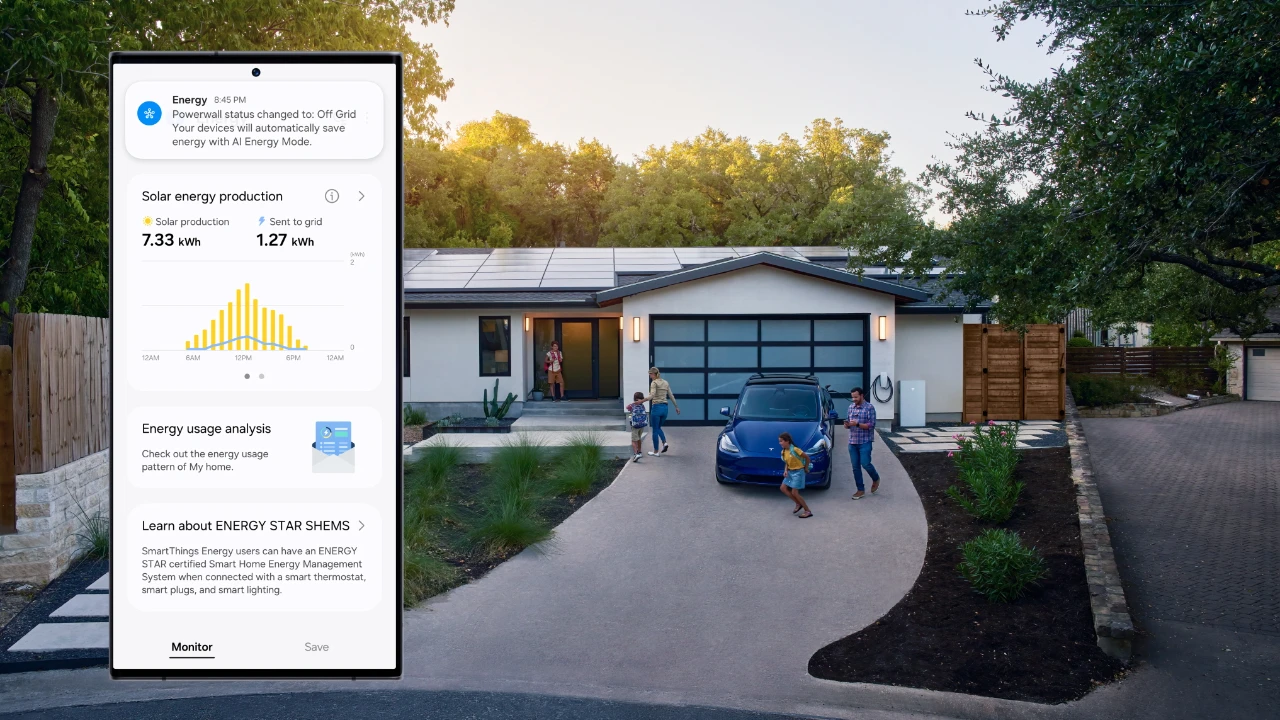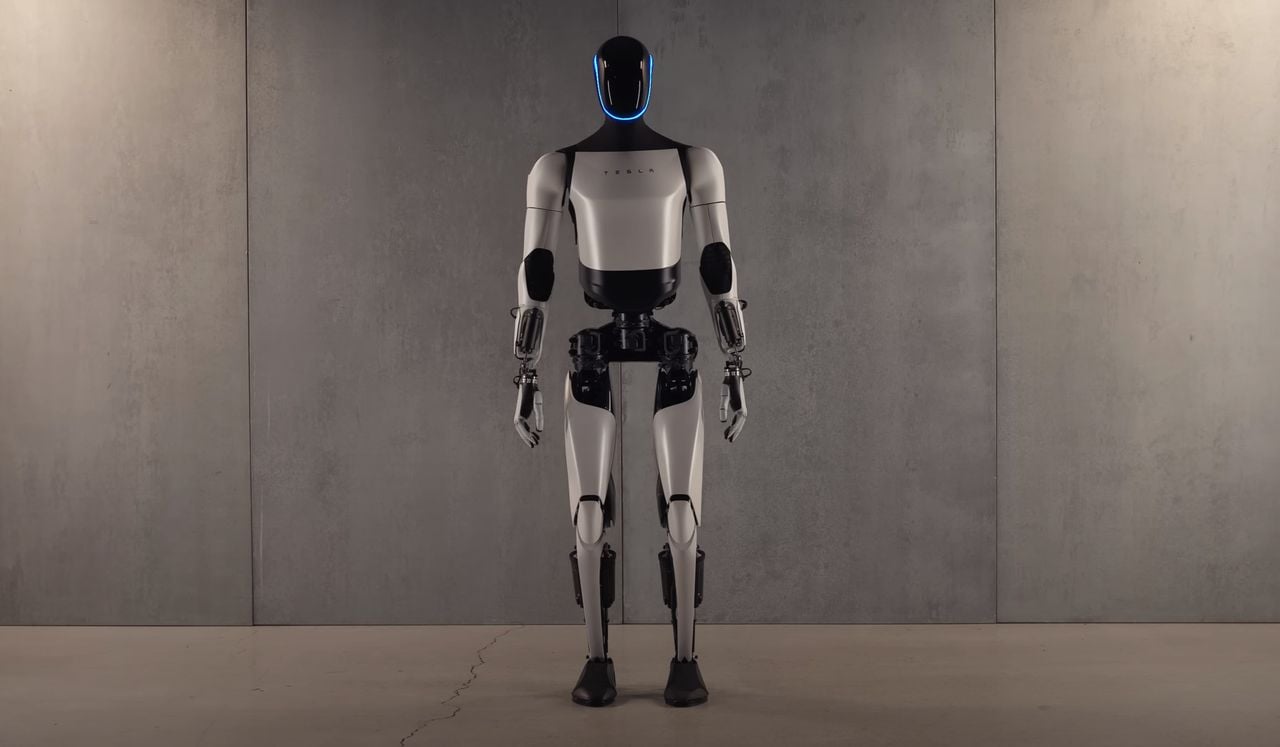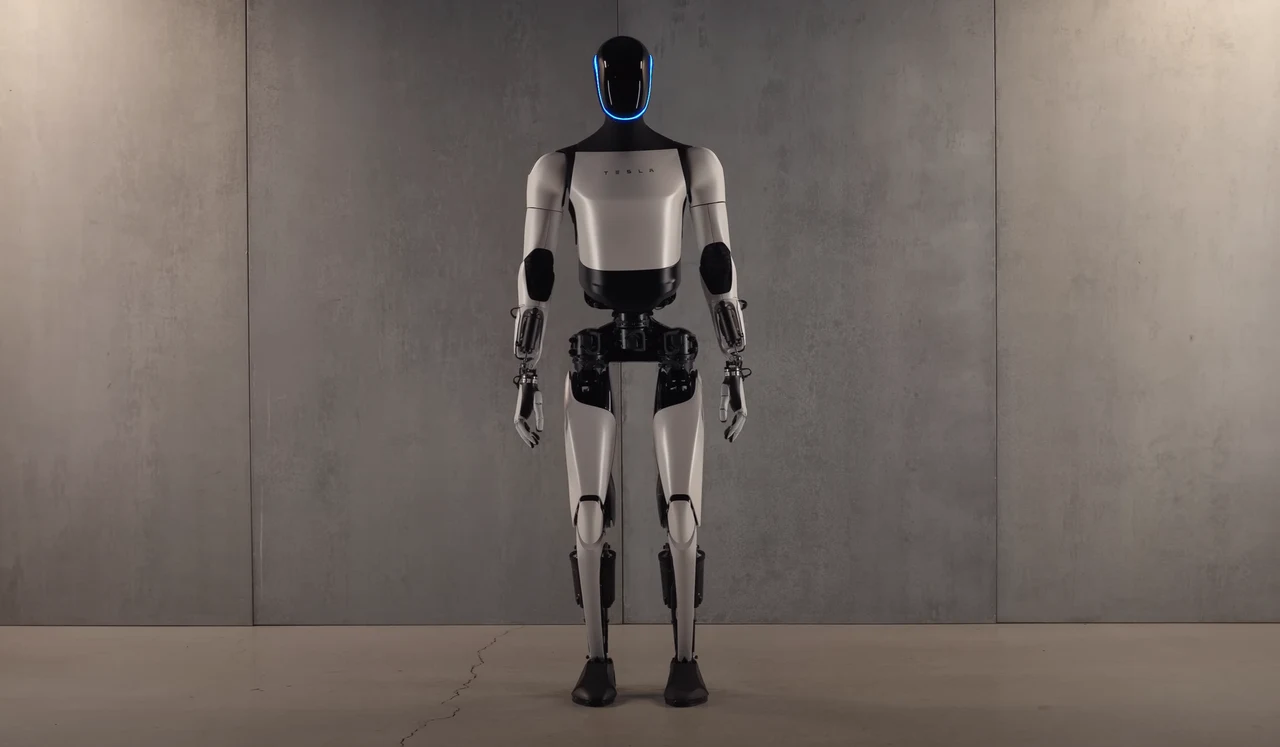
If you are concerned about a world where robots can think for themselves. You might be interested to know that Tesla has unveiled their latest human node robot which has moved away from scripted human written commands to an AI autonomous control system. Simply put this means that the robot can think for itself rather than following a predefined set of rules provided by a human programmer.
As you can imagine the world of technology is witnessing a significant transformation as robotics and artificial intelligence (AI) advance towards greater autonomy. This evolution is set to redefine how robots integrate into our society and industries, moving beyond simple, programmed tasks to more complex, intelligent behaviors.
At the forefront of this shift, companies like Tesla are making strides with innovations such as the Optimus humanoid robot. This robot represents a move from single-purpose machines to versatile, learning entities that could one day be as common as kitchen appliances. Although Tesla’s Optimus is not alone in this technological leap. Google’s robots, including the RTX model, are showcasing their ability to autonomously navigate and interact with their environment.
This is made possible through the integration of sophisticated vision and language models, which allow these robots to operate in a manner similar to humans. Such advancements are making robots more adaptable and efficient, capable of handling a variety of tasks without explicit programming.
Tesla Optimus Gen 2 unveiling
Robotic Transformer model
Another groundbreaking development is the Robotic Transformer model, which leverages the vast amount of information available on the internet and robotics databases. This model is creating a generalized control system that enables robots to process and utilize diverse data, enhancing their ability to perform real-world tasks. This signifies a move towards robots that can learn from a wide range of sources and apply that knowledge practically.
The role of large language models, such as GPT-4, is also becoming increasingly important in guiding robots. These models provide the capability for robots to navigate complex environments and carry out detailed tasks, such as making coffee, by interpreting commands in real-time. This represents a departure from the limitations of pre-set instructions, allowing for more dynamic and responsive robot behavior.
Humanoid robots
Here are some other articles you may find of interest on the subject of humanoid robots :
One particularly impressive example of AI’s capabilities is the Eureka model, which has shown that AI can create reward functions that surpass human intuition in complex situations. This suggests that AI could develop new, more efficient strategies for completing tasks, potentially outperforming the methods humans might devise.
Simulations have become an essential tool in training robots, providing a safe and efficient environment for them to hone their skills. This is especially important for minimizing the risks and time associated with training in the real world. By using simulations, robots can learn and improve much faster, accelerating their readiness for practical applications.
Looking ahead, the next five years are expected to bring substantial progress in the development and deployment of robots. This is driven by the continuous innovation from tech giants such as Nvidia, Google DeepMind, and OpenAI. The prospect of integrating robots into our daily lives is becoming more realistic, suggesting a future where robots could be as widespread as smartphones, altering the way we live and work.
The journey from scripted to autonomous control in robotics and AI is not only ongoing but also gaining momentum. With the emergence of humanoid robots, integrated cognitive models, and sophisticated language processing, the potential for robotics is immense. The efforts of leading technology firms are setting the stage for a future where robots could become a standard part of our daily existence, revolutionizing both personal and professional spheres. For more information on the new unveiling jump over to the official Tesla AI website.
Filed Under: Technology News, Top News
Latest timeswonderful Deals
Disclosure: Some of our articles include affiliate links. If you buy something through one of these links, timeswonderful may earn an affiliate commission. Learn about our Disclosure Policy.
